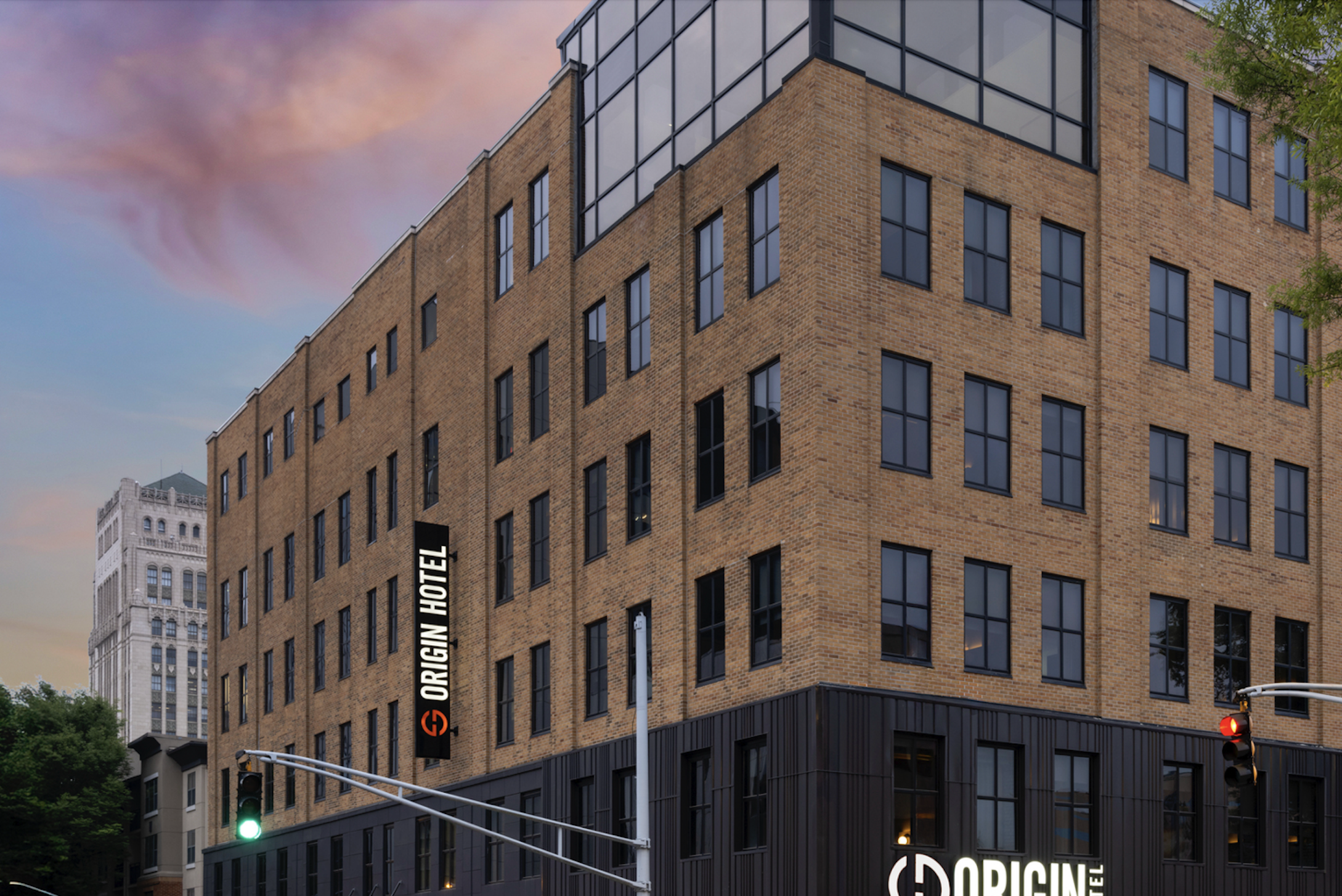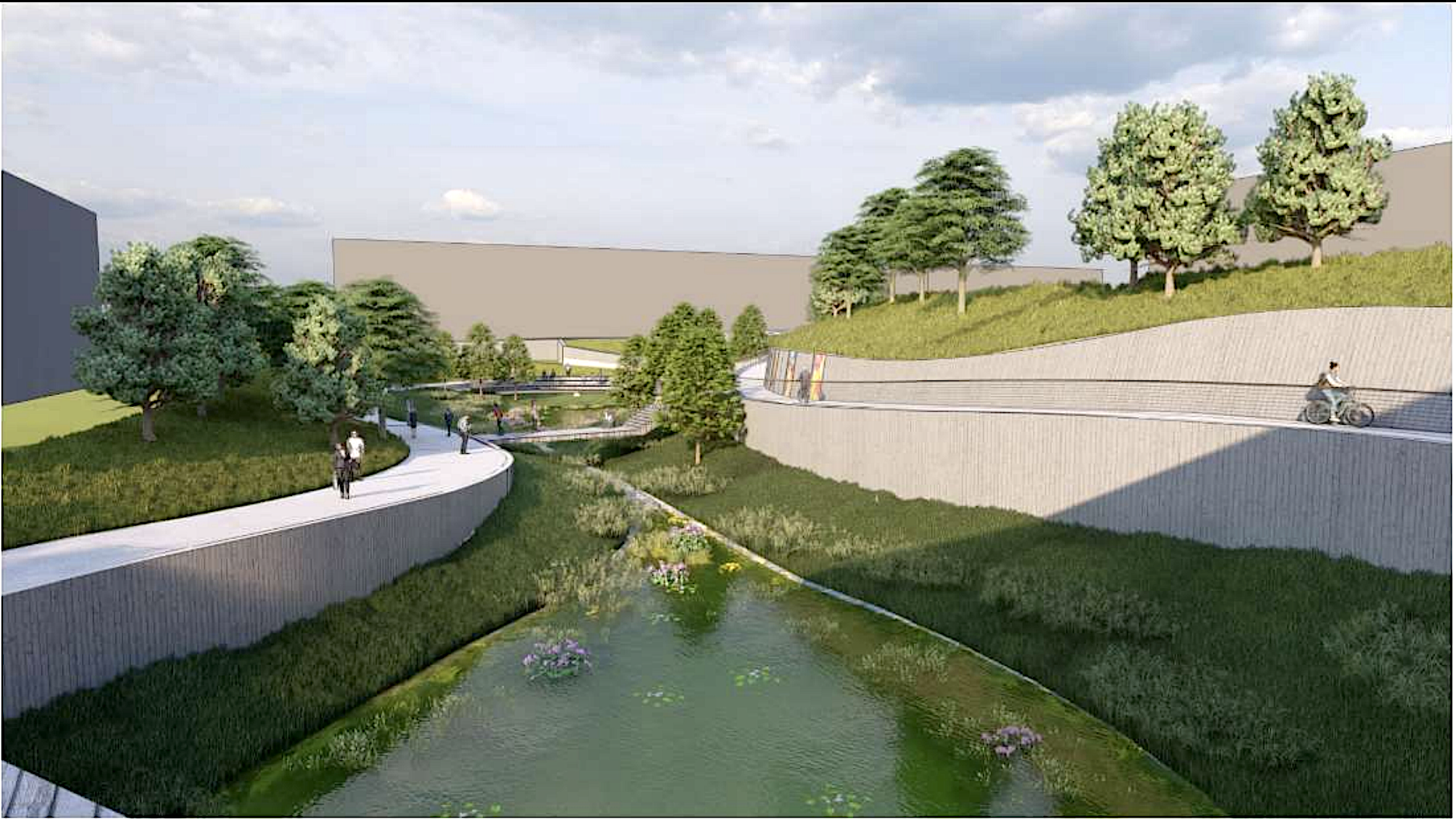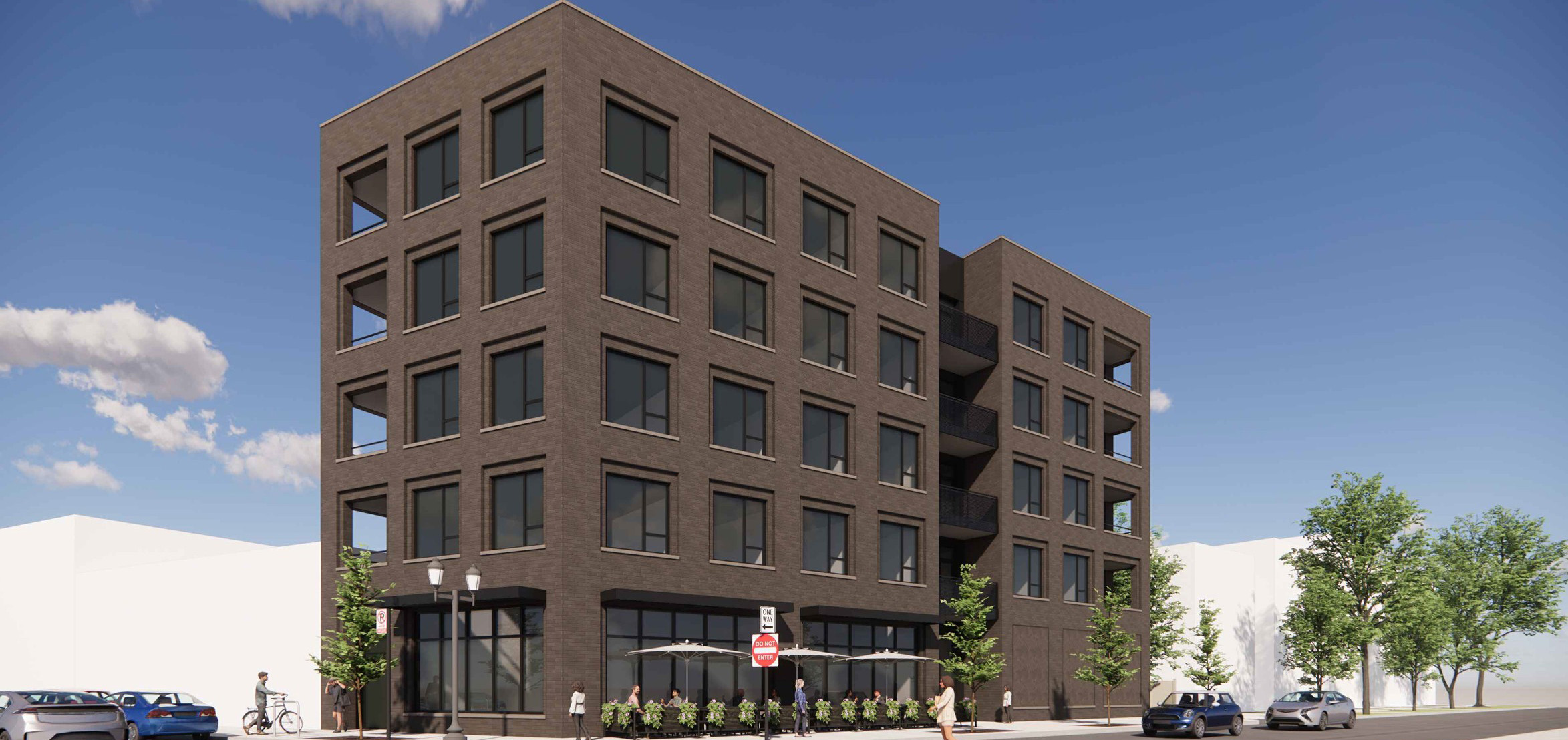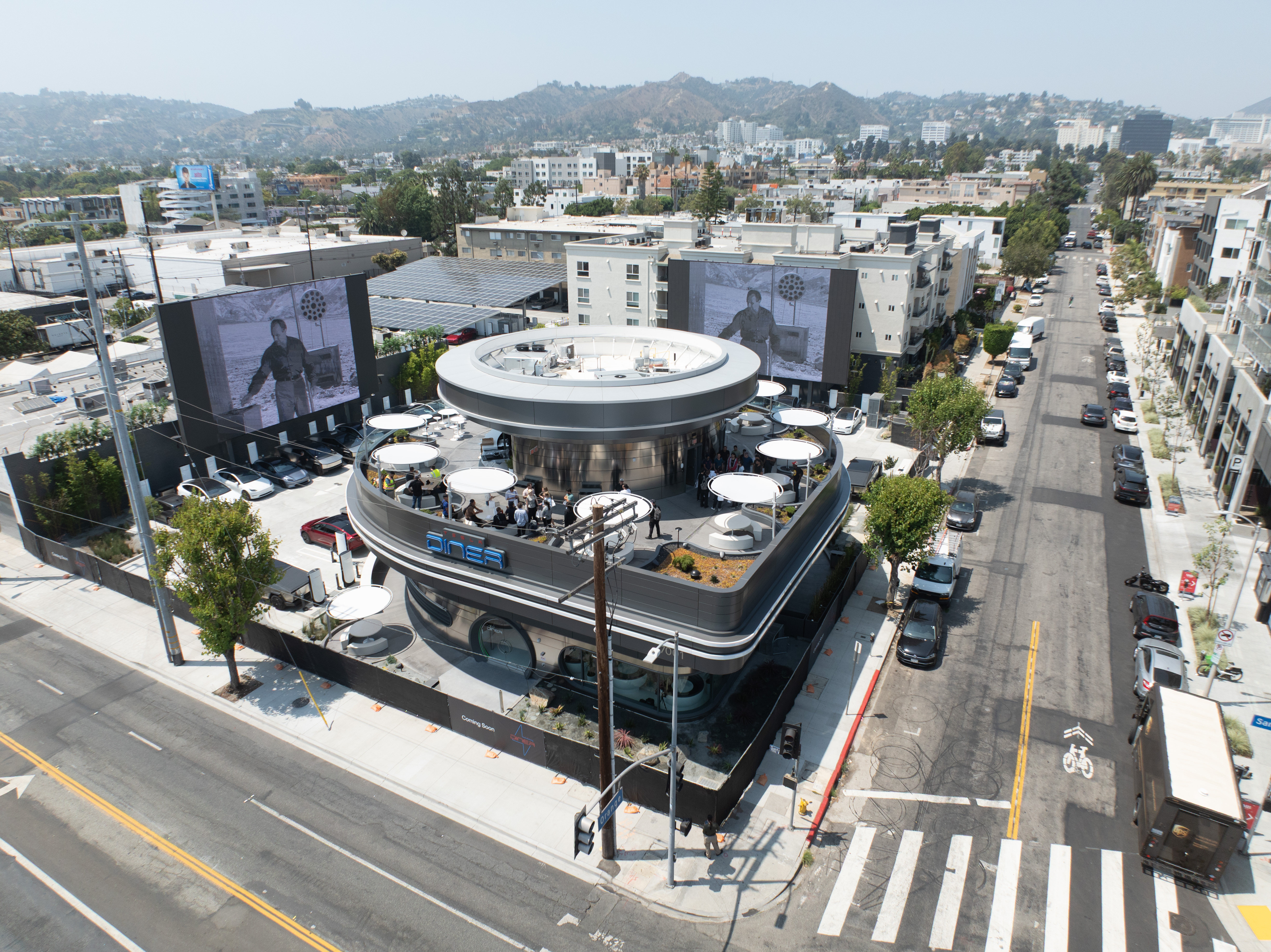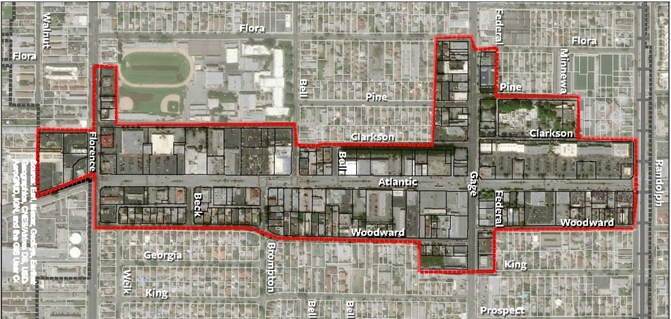Your City. Your Market. Your Next Deal.Stay up to date on national urban real estate |
|
📅 Today's Story: Monday's flash flooding shut down portions of NYC's subway system, overwhelming drains and forcing emergency closures. Despite over $7.6 billion already spent on resiliency since Hurricane Sandy, billions more are needed over decades of coordinated investment to retrofit the system.
TRANSPORTATION
Subway Flood Chaos Reveals NYC Infrastructure Limits |
|
📰 What Happened: Heavy rain from a slow-moving storm flooded 20 subway stations across New York City on Monday, disrupting rush-hour commutes and forcing emergency closures. Although service was restored by Tuesday, the flash flood highlighted just how vulnerable the century-old system remains—despite billions spent on climate resiliency upgrades by the MTA.
🔍 A Closer Look: The storm dumped 2.64 inches of rain on Central Park—shattering a 1908 record. Most of the city’s subway and sewers, over 100 years old, were overwhelmed by the 1.75 inches that fell in an hour, exceeding what the city’s sewer systems could handle. While the MTA pumps out 10–13 million gallons daily, Monday’s total exceeded 15 million. Experts say major upgrades are decades away and will cost tens of billions—$30B for sewers alone.
🧠 Why It Matters: The flooding serves as a stark reminder that even modest rain can carry major risks due to ongoing climate change. As East Coast storms grow more intense and frequent, NYC’s subway and sewer systems face ever-growing climate threats that demand long-term, cross-agency solutions—urgently and at scale.
| DowntownImages: South Downtown's first new hotel in forever finally debuts Wyndham property Origin Hotel Atlanta features new bistro, free e-bike program for guests, arty vibes |
| ChambleeChamblee plows forward to build downtown park with pond centerpieceFunctional Fish Bolt Park to be sited along Rail Trail, near hundreds of new residences |
| BrookhavenNear Lenox Square mall, cove of Brookhaven townhomes debuts Overlook at Lenox Park replaces former hospice care facility, starts in $900Ks |
| North CenterCity Council approves mixed-use development at 3664 N. LincolnThe five-story building would have 16 apartments and retail |
| CitywideCTA celebrates grand opening of new North Side Red Line stationsLawrence, Argyle, Berwyn, and Bryn Mawr stations have been fully rebuilt |
| HollywoodTesla's retro futuristic diner completed at 7001 W. Santa Monica Blvd. in HollywoodEV charging, food, and a drive-in theater |
| Santa MonicaDesign tweaks for proposed apartments at 1640 5th St. in Santa MonicaLincoln Property Co. project would rise near the E Line's Downtown Santa Monica Station |
| BellBell plans for new houing in its commercial coreNew zoning rules could bring more than 500 homes to Atlantic and Gage Avenues |
| Long BeachIt's official: Affordable housing underway at 101 E. Pacific Coast Highway in Long BeachJamboree Housing project will feature 52 apartments |


